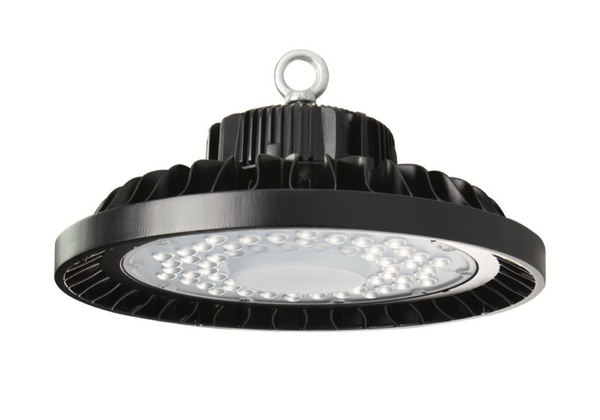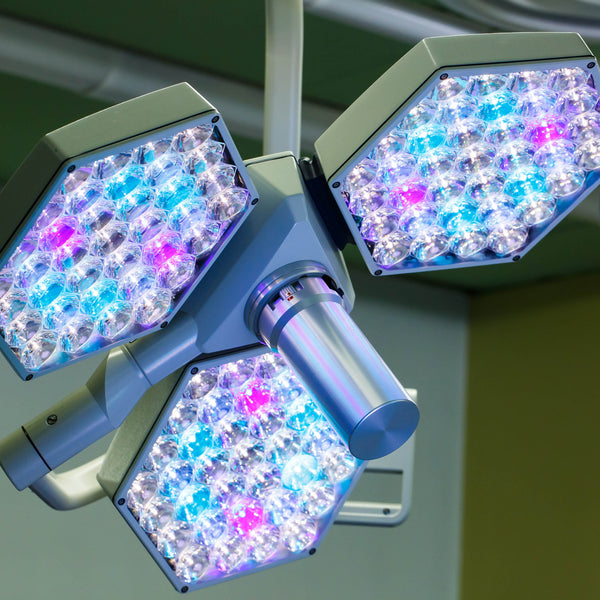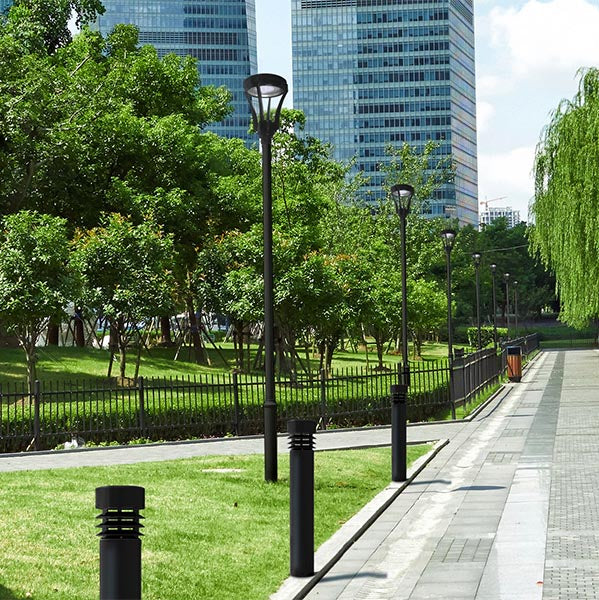Different Purposes of Street Lighting

Imagine walking through a dark alleyway in the middle of the night. Wouldn’t you feel a rising sense of dread and apprehension with every step? Now, if you were walking through a well-lit street late at night, you wouldn't be so worried, would you? That is what light can do. It can make things feel better and less scary.
Street lighting has changed how we live our lives, after the sun goes down. Though we take it for granted, it’s hard to imagine going out for a run after it’s dark, or taking out the bike f or a ride to a friend’s house in the evening or taking a leisurely stroll after dinner without street lights. Those of us who need to work at night can do so without worrying about daylight. The day doesn’t need to end after the sun’s gone down, we can carry on with our work and activities long after it’s dark.
The importance of proper street lighting is underpinned by many factors, key among them is safety. The first thing that comes to mind when we think about safety is the prevention of accidents. Poor visibility is a leading contributor to accidents, both because drivers cannot see where they are going, and because pedestrians have difficulty spotting oncoming traffic or roadside obstacles.
Another danger that is made worse by poor or absent lighting is criminal activity. Petty crime such as muggings and burglaries are much more frequent in poorly lit areas. The presence of adequate lighting acts both as a deterrent to criminals and also as an early warning system for potential victims. The psychological effect of light is well known. People feel a heightened sense of anxiety when it’s dark. A brightly lit area generally makes us feel safer. Commercial establishments also benefit from good street lighting because areas with adequate lighting feel more welcoming and safer to customers.
Street lighting serves many purposes, and there are different kinds of lights that cater to these different needs.
Beacon lights: Beacons are used in street lighting to highlight the presence of something that demands attention. They could be used to highlight construction work that is underway on or near a road to warn vehicular traffic to be more cautious. Beacon lights are not meant to spread light over a wide area. Their primary purpose is not illumination but to draw attention towards a possible hazard.
Roadway lights: Freeways or busy roads that see a lot of vehicular traffic need bright street lighting. However, the need for street lighting is not limited to busy stretches. Even isolated roads that go through the countryside need good lighting since wildlife like deer or other smaller animals often cross roadways and can come in the way unexpectedly. The light needs to spread over a wide distance so as to increase visibility for drivers and avoid accidents.
Since vehicles move at high speeds on such roads, the lighting needs to be consistent and bright so that long distance visibility is enhanced. Placement of lights at regular intervals to maintain continuity of light is very important. Insufficient or inconsistent lighting in patches can cause accidents. Another thing to consider is the brightness. The lights shouldn’t be so bright that they cause glare, but they cannot be so dim either that they hamper visibility. Roadway lights should also be effective in all weather conditions – fog, rain, and snow are all conditions that can degrade visibility.
Footpath lights: The primary purpose of footpath lights is to aid pedestrians. This light should be bright enough to allow people to see the path clearly and avoid mishaps. For instance, a well-lit footpath could help a pedestrian see loose stones or cracked tiles on the footpath, thereby avoiding injuries.
Cycle path lights: Just as pedestrians use footpaths, there are some paths that are meant to be used exclusively by cyclists. Cycle path lighting needs to be mounted closer to the ground than conventional roadway lights but at the same time have to be properly directed to minimize the risk of impeding visibility due to glare.
Street lights in all their forms are an essential part of modern life. They help us live our lives beyond the limits of sunlight and take many forms, all of which serve their own unique purposes.



